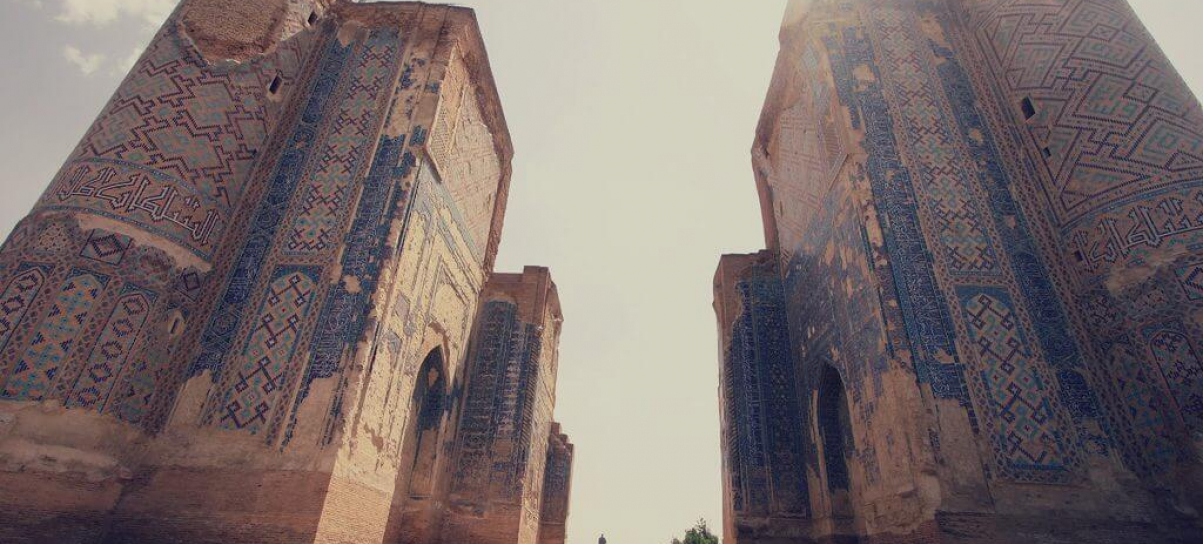The Paradise Shahrisabz
Shahrisabz was founded 2700 years ago in the fertile southern slopes of Zerafshan Mountains.
The city of Kesh as historians named it, was the center of agricultural area and important city of Sogdiana. City was known to Greek soldiers of Alexander as Nautaka and it was the center of resistance to Greeks for nearly 2 years.
With Greeks came the Hellenistic influence and cult of Dionysius existed in the area for 300 years.
In the beginning of Arab period, Kesh hosted the famous Mukanna, who headed the guerilla war against Arabs and who was finally trapped in the rocks near the city and defeated.
In the antique and early middle ages Kesh played the role of trade city as it was an important stop on the Silk Road south of Samarkand on the way to India.
The real revival of Kesh started during the rule of Timurids.
Timur was born in a village only 18 km from Shahrisabz and it was the the place where he grew up. When Timur built his empire, Samarkand was his capital. But Timur had to pay the tribute to his hometown and Kesh became his second capital and the the new name Shahrisabz (Green City) was granted to town.
 |
In 1403 the Spanish ambassador De Clavijo travelled to Samarkand and his route passed through Shahrisabz. He wrote that Kesh was a very green city with majestic architecture, strong fortifications and a moat around the walls. By order of Timur there was built winter palace for his named Aksaray and burial complexes for his father and two sons, Jahangir and Omar Shaykh.
Later Shahrisabz was favoured by his grand son Ulugbek, who also contributed to the city.
In the 16th century infamous Shaybanid Khan Abdulla of Bukhara, who was envious about the fame of Timurids, ordered to destroy the city to the ground. Only few of the monuments were preserved.
The following 300 years were accompanied by political instabilities and economic crisis and Shahrisabz constantly declined.
 |
In 1869 city was conquered by Russians though it remained as part of Bukhara Khanate ruled by nearly independent governor.
From 1924 till 1991 it was part of Soviet Uzbekistan and developed into provincial town with 50000 of population. There were built cotton mills, winery, factory of traditional handicrafts and etc.
After the independence Shahrisabz was completely renovated, its monuments were restored and it turned into one of the touristic centers of Uzbekistan and traditional handicrafts and souvenirs from Shahrisabz are exhibited in many artshops of the world.
We recommend to see more:
Follow us on
Sign up for our newsletters
Find our latest discounted tours, updated itineraries and latest news about the region



